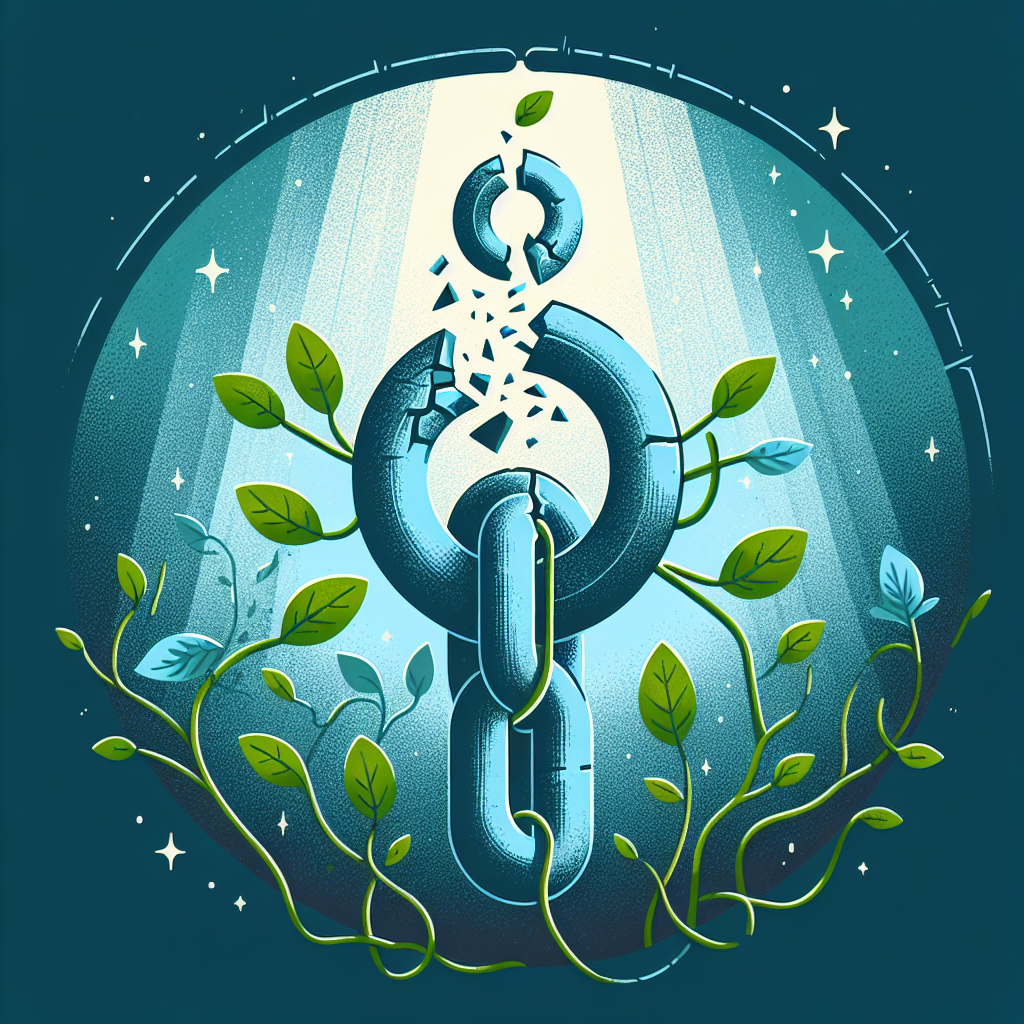
Introduction
In today’s fast-paced world, the dynamics of relationships can become complex. Among various interpersonal struggles, codependency stands out as a particularly challenging issue. It often leaves individuals feeling trapped in an unending loop of emotional distress and unhealthy attachments. This article explores “Breaking the Cycle: Effective Strategies for Codependents and Their Loved Ones,” offering insights, practical strategies, and hope for those affected by this challenging dynamic.
Understanding codependency is crucial, as it does not just impact the individual but often circles around loved ones, creating a cycle of dysfunction. If you or someone you know has ever felt overly responsible for another’s feelings or actions, it’s time to break that cycle and pave the way toward healthier, more fulfilling relationships.
Understanding Codependency
What is Codependency?
Codependency is more than just an unhealthy relationship; it’s a pattern characterized by enabling behaviors, a lack of boundaries, and a focus on another person’s needs at the expense of one’s own. It often arises from a history of trauma, neglect, or unhealthy family dynamics, leading individuals to seek validation and purpose through caretaking.
Key Characteristics of Codependent Relationships
| Characteristic | Description |
|---|---|
| Low Self-Esteem | Codependents often feel inadequate and seek external validation. |
| People-Pleasing Behavior | They prioritize others’ needs over their own, often leading to resentment. |
| Poor Boundaries | There’s a lack of clarity regarding personal space and emotional privacy. |
| Emotional Reactivity | Codependents may experience extreme emotional highs and lows. |
| Fear of Abandonment | A pervasive fear of rejection often drives individuals to cling to toxic relationships. |
Case Study: Sarah and Michael
Background: Sarah has always been there for her partner Michael, who struggles with addiction. Instead of encouraging him to seek help, she enables his behavior by covering for him and neglecting her own needs.
Relevance: This case illustrates the classic traits of codependency — Sarah’s need to feel needed is suffocating her personal growth and her partner’s recovery. By understanding her role in their toxic cycle, she can begin to break free.
Breaking the Cycle
Recognizing Codependent Behaviors
The first step in “Breaking the Cycle: Effective Strategies for Codependents and Their Loved Ones” is recognition. Are you consistently sacrificing your own needs for the well-being of another? Acknowledge these behaviors to begin the healing process.
Building Self-Awareness
Self-awareness is vital for anyone looking to break free from codependency. Journaling, mindfulness meditation, and self-reflection exercises can help illuminate underlying feelings and patterns.
Setting Boundaries
Establishing Healthy Limits
Boundaries are essential for maintaining emotional health. Begin by identifying situations that provoke anxiety or resentment. Start small; practice saying "no" when necessary and prioritize your own needs.
| Strategy | Description |
|---|---|
| Identify Your Needs | Take time to reflect on what you want from relationships. |
| Communicate Clearly | Express your needs openly and assertively. |
| Stick to Your Limits | Be consistent with your boundaries to reinforce them. |
Case Study: James and Emily
Background: James often finds himself overwhelmed by his partner Emily’s emotional needs. He realizes he has been neglecting his personal goals in the process.
Relevance: James’s journey towards self-awareness and boundary-setting illustrates the immediate benefits of prioritizing oneself. By declaring, “I need time for my own interests,” he starts reclaiming his identity, ultimately strengthening their relationship.
Seeking Professional Help
Engaging a mental health professional can provide external perspective and tools tailored to your specific situation. Therapy, whether individual or couples, can help facilitate healing from codependency.
Types of Therapy to Consider
| Therapy Type | Focus |
|---|---|
| Cognitive Behavioral Therapy (CBT) | Addresses negative thought patterns and behaviors. |
| Dialectical Behavior Therapy (DBT) | Focuses on emotional regulation and interpersonal effectiveness. |
| Family Therapy | Works to address behavioral patterns within the family system. |
Reinforcing Healthy Relationships
Effective Communication
Initiate open dialogues with loved ones about your codependent dynamics. Take turns sharing feelings and expressing needs. An honest conversation can foster understanding and support for each other’s growth.
Case Study: Carla and David
Background: Carla and David have been navigating a typical codependent relationship for years. After attending a couples workshop focused on communication skills, they begin discussing their fears and aspirations.
Relevance: Their experience underscores the power of communication in breaking the cycle. By feeling more connected to each other’s struggles, they can cultivate a supportive environment that promotes mutual respect and growth.
Conclusion
Breaking the cycle of codependency is both challenging and liberating. By recognizing the patterns, building self-awareness, establishing boundaries, and fostering effective communication, you can turn the tide. Embrace the journey toward healthier relationships; the path may be difficult, but the rewards are fulfilling beyond measure.
Key Takeaways
- Recognize and Acknowledge: The first step in breaking free is recognizing codependency.
- Build Self-Awareness: Journaling and reflection are your allies in understanding patterns.
- Set Boundaries: Implement boundaries to protect your emotional space.
- Seek Professional Help: Therapists can provide tailored support.
- Foster Communication: Open dialogues with loved ones can create understanding.
Frequently Asked Questions (FAQs)
1. What are the signs of codependency?
Signs include feeling overly responsible for others, experiencing anxiety when someone is upset, and fear of abandonment.
2. Can codependency be resolved?
Yes, through therapy, self-awareness, and establishing healthy boundaries, individuals can overcome codependency.
3. How can I express my needs in a codependent relationship?
Start by calmly discussing your feelings during a neutral moment. Use "I" statements to express your needs while remaining respectful.
4. Is codependency a mental health disorder?
While not classified as a mental disorder, codependency involves unhealthy behaviors that can stem from deeper psychological issues.
5. Can codependent behaviors be passed down generationally?
Yes, family dynamics can perpetuate patterns of codependency, making it essential to address these behaviors to break the cycle.
By taking actionable steps, you can change the narrative of your relationships and embrace a life filled with healthy dynamics and emotional fulfillment. The journey might be long, but the freedom it offers is worth every effort. As you embark on this path of growth and healing, remember: you have the power to break the cycle!

















